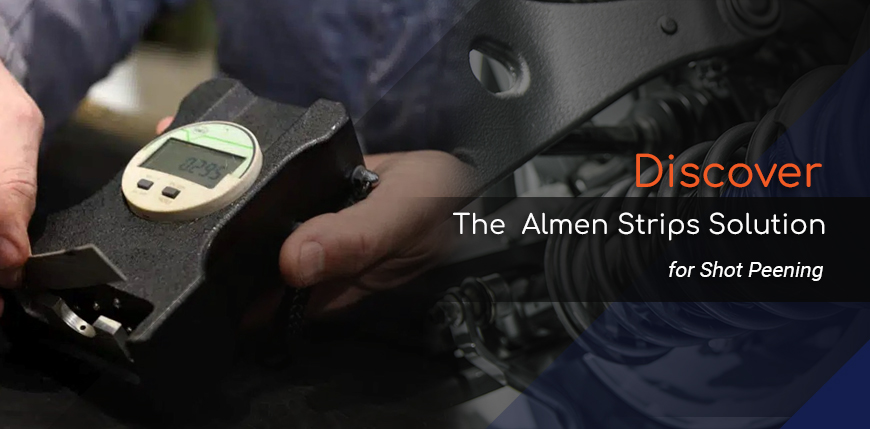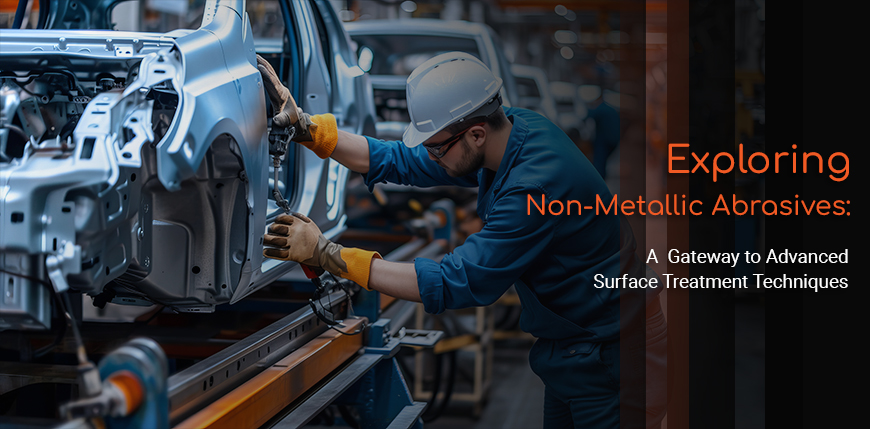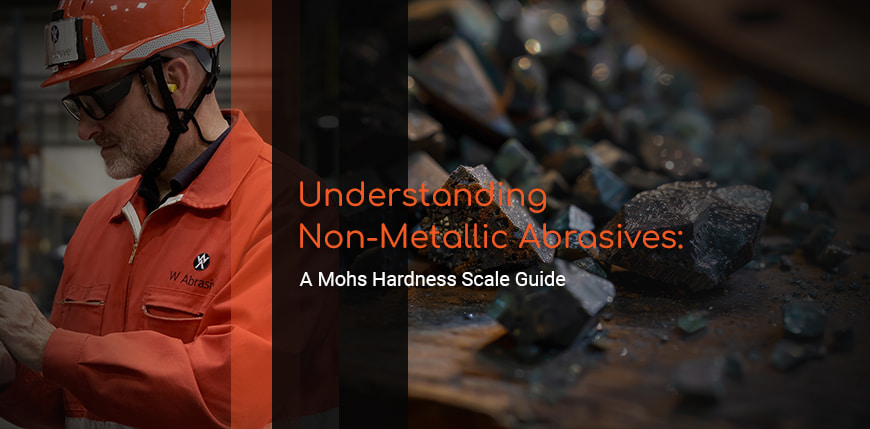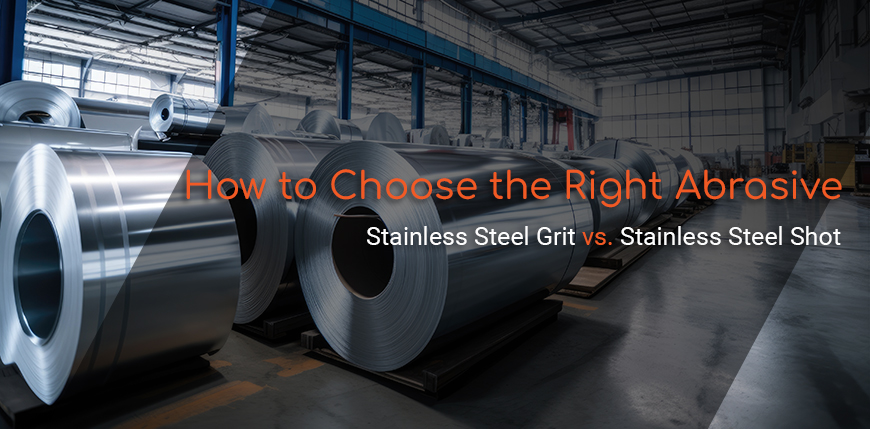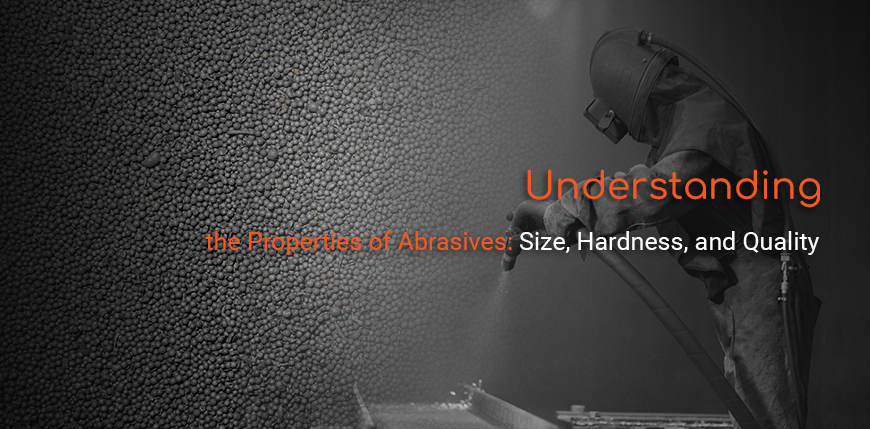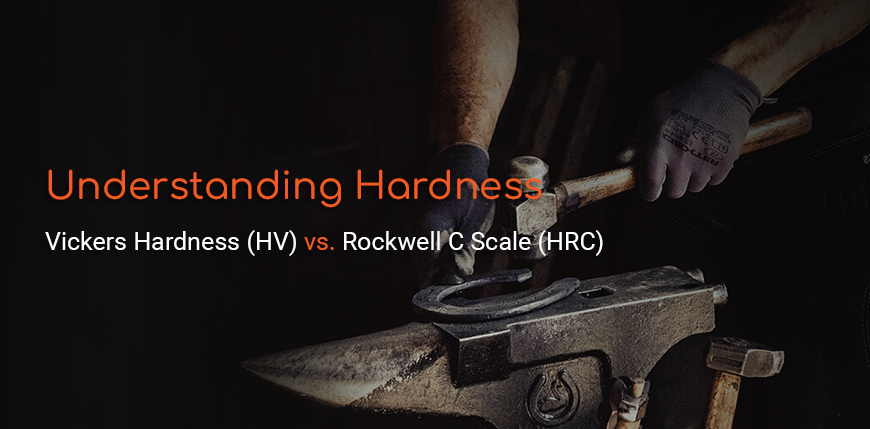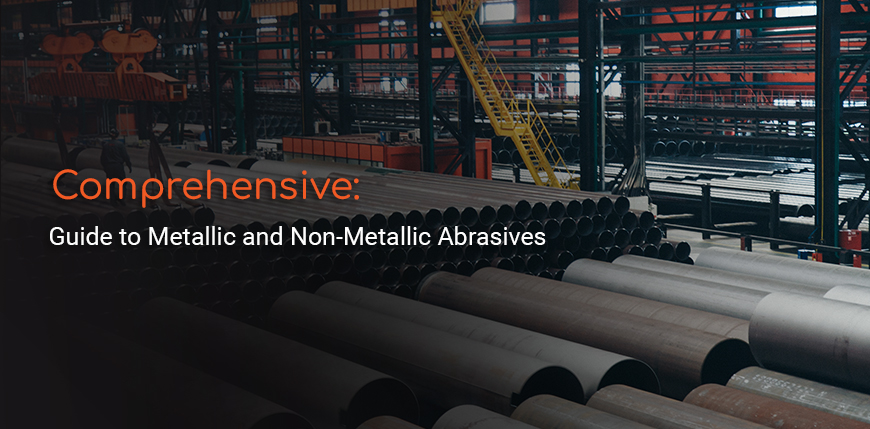Discover the Almen Strips solution
Understanding Almen Strips in Shot Peening: Purpose, Types, and Technical Differences
Almen strips are small but essential tools help measure the energy imparted during the shot peening process, ensuring that the process meets the required specifications. In this article, we’ll dive into the purpose of Almen strips, explore the technical differences between them, and discuss how they are used to achieve precise shot peening outcomes.
The Purpose of Almen Strips in Shot Peening
What Are Almen Strips?
Almen strips are specialized devices used to measure the intensity



